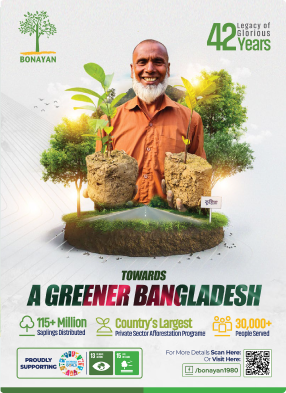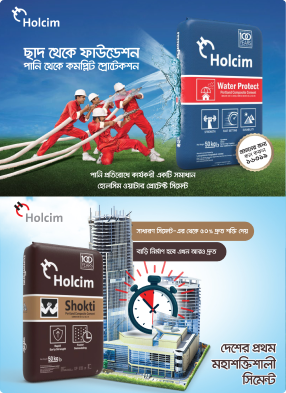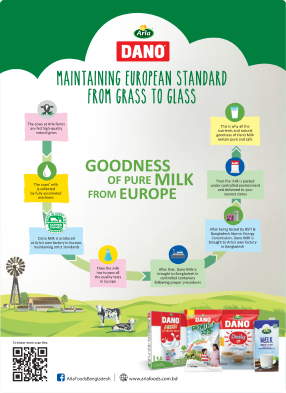- info@ficci.org.bd
- |
- +880248814801, +880248814802
- Contact Us
- |
- Become a Member
- |
- |
- |
- |
- |

Innovative approaches in agribusiness today are redefining how the agriculture industry operates, blending traditional farming practices with cutting-edge technologies to enhance productivity, sustainability, and profitability. By bridging the gap between these two realms, agribusinesses are finding new ways to address the global challenges of food security, climate change, resource management, and market accessibility. Here are some key trends and innovations shaping this transformation.
1. Precision agriculture: transforming agriculture through data-driven technologies
Precision agriculture leverages advanced technologies such as GPS, sensors, drones, and satellite imagery to optimize agricultural practices. By analyzing real-time data, farmers can make informed decisions about irrigation, fertilization, pest management, and harvest timing. This approach reduces waste, minimizes environmental impact, and boosts crop yields and quality.
Precision Agriculture represents a shift from traditional agriculture towards a more efficient, sustainable model. It addresses resource constraints by optimizing water, soil, and labor use, ensuring food security and environmental conservation.
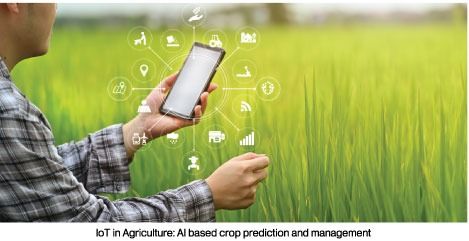
2. IoT in agriculture: revolutionizing farming with smart technology
The Internet of Things (IoT) integrates devices and sensors across farming operations to gather and analyze data, transforming traditional agriculture into smart farming. IoT applications include real-time monitoring of crops, livestock, and environmental conditions, enabling farmers to optimize resource use and improve sustainability.
As loT technologies become more affordable and integrate with Al and machine learning, their potential for revolutioniz- ing farming will grow. These systems address pressing challenges such as increasing food demand and resource scarcity.
3. Farm mechanization: a paradigm shift to improve efficiency
Farm mechanization has supplemented manual and animal labor with machinery, significantly increasing productivity and efficiency, particularly in Asia. Tractors, harvesters, and other mechanized tools enable large-scale farming, reduce labor costs, and improve the quality of agricultural output.
Despite its advantages, mechanization presents challenges, such as high initial costs, rural labor displacement, and environmental concerns. Sustainable mechanization requires inclusive policies that ensure marginalized farmers' access to technology.
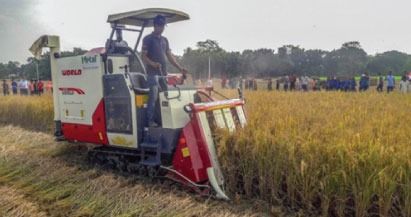
Farm Mechanization: A combined Paddy harvester in Bangladesh
4. Introduction of hybrid: transforming crop production
Hybrid crops, created by crossing genetically distinct varieties, combine desirable traits like higher yields, disease resistance, and stress tolerance. They are pivotal in addressing climate change, population growth, and resource scarcity challenges.
Although hybrid crops significantly enhance food security and productivity, concerns about cost, genetic diversity loss, and dependency on seed companies persist.
5. Vertical farming & urban agriculture
Vertical farming involves growing crops in stacked layers, often in controlled indoor environments. This practice maximizes space utilization and enables year-round crop production in urban settings, leveraging technologies like hydroponics, aeroponics, and LED lighting.
As arable land diminishes due to urbanization and climate change, vertical farming offers a sustainable solution for feeding growing populations. By reducing transportation distances and utilizing renewable energy, it addresses both food security and environmental concerns.

Vertical Farming: Produce crops throughout the year
6. Circular economy in agribusiness
A circular economy minimizes waste and reuses materials across the agricultural supply chain. Examples include converting organic waste into compost or bioenergy and repurposing by-products into biofuels or animal feed. These practices reduce reliance on finite resources, lower carbon footprints, and create additional value.
Waste-to-energy systems and valorization of agricultural by-products exemplify the potential for agribusinesses to adopt circular practices, fostering sustainability while reducing costs.
7. Regenerative agriculture: revitalizing soil, ecosystems, and communities
Regenerative agriculture focuses on restoring the health of soil, water, and ecosystems rather than merely sustaining them. Practices like crop rotation, cover cropping, and reduced tillage enhance biodiversity, sequester carbon, and rebuild soil fertility.
This approach aligns environmental restoration with farmer profitability, contributing to climate change mitigation and long-term food security. Governments and organizations must invest in research, education, and infrastructure to support farmers transitioning to regenerative methods.
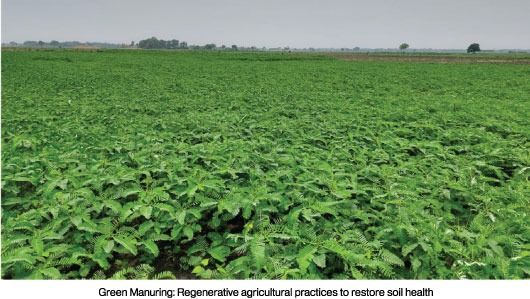
BAT Bangladesh, collaborating with over 50,000 farmers nationwide, has emerged as one of the pioneers in advanc- ing agricultural practices. By integrating lot and precision agriculture, the company leverages data-driven models to optimize crop production and resource use. Efficiency has significantly improved through mechanized land manage- ment, agronomic practices, and plantation operations. Since 2010, the introduction of hybrid crop varieties has support- ed higher yields and climate resilience. Additionally, BAT Bangladesh promotes regenerative agriculture through initiatives such as green manuring, zero tillage practice, and alternate furrow irrigation. Investments in science and research further solidify its commitment to driving agricultural innovation and sustainable development.
Bangladesh's agribusiness sector is at a transformative juncture, bolstered by progressive policies like the National Agricultural Policy and Agricultural Credit Policy. Investments in rural infrastructure, including roads, irrigation, and electrification, are creating a foundation for growth. Public-private partnerships are accelerating innovation in agri-tech, agro-processing, and exports. By embedding sustainable practices and embracing cutting-edge technolo- gies, the sector is addressing critical challenges such as food security, resource management, and climate resilience. If we can further integrate traditional wisdom with modern technologies, our agriculture can become even more efficient, ensuring a harmonious balance between innovation and heritage for a sustainable future.
34 Foreign Investors' Chamber of Commerce and Industry

